A pair of quahauggers stood waist-deep in Sengekontacket Pond early Thursday morning, the late August sun glinting off the calm water as they raked hardshell clams, perhaps a basketful for their dinner. The pond has been open to summer shellfishing this year for the first time since 2007.
But when heavy rainfall comes, as it did three weeks ago, the pond will close again to shellfishing, although temporarily. The rainfall washes bacterial contaminants into the pond that come from road runoff in a variety of forms — including fecal material from dogs, birds, and other wildlife. And when fecal coliform counts spike, the large tidal pond which spans the towns of Oak Bluffs and Edgartown must be closed to shellfishing. Once bacterial levels return to safe levels — fecal coliform only lives for a short-time in saltwater — the pond reopens again.
Opened, then closed, then open again — this has been the increasing pattern for Sengekontacket and also some other Island ponds in recent years.
But while serious enough in its own right, bacterial contamination is a relative gnat among the threats facing Island saltwater ponds such as Sengekontacket. Leading biologists and water quality experts agree that by far the biggest ecological threat now facing every Vineyard pond — to one degree or another — is nitrogen pollution.
“Nitrogen comes from acid rain, from septic systems, from lawn fertilizer, farm fertilizer, and a number of other sources, most of them man-made,” said Bill Wilcox, retired longtime water sources planner for the Martha’s Vineyard Commission. Mr. Wilcox spent nearly 40 years documenting and studying the problem, and said in an interview this week that it is without question the primary ecological concern for the numerous saltwater ponds that are a unique feature of the Island.
Just as it stimulates growth in lawns and gardens, nitrogen stimulates the growth of algae in ponds. The algae uses up available oxygen in the water column and blocks sunlight from reaching the pond bottom, sparking a process called eutrophication. This causes naturally occurring eelgrass and the marine life it supports, including shellfish, to die. Large algae blooms can also smother the eelgrass.
The description is now familiar to Islanders who have attended the many meetings on the topic in the last decade or so.
“The average citizen in town has probably heard enough about nitrogen impacts that their eyeballs have rolled up into their head,” said Mr. Wilcox. “But one of the great difficulties with water quality issues is, until you really experience something nasty firsthand, you don’t even notice that things have changed.”
But algae blooms have increased, he said. Eelgrass communities have declined dramatically and with them the bay scallop beds that were once thick in Island ponds. Without attention, the problem will only get worse, Mr. Wilcox said.

Oak Bluffs shellfish constable David Grunden, who has also been deeply involved in monitoring the problem and searching for solutions in recent years, agreed.
“Even if we had a magic wand and right now could stop adding nitrogen to the water, it would be 10 years before you saw a big improvement in the pond because groundwater only moves a foot or so a day,” he said.
John Todd, a Cape Cod ecologist and pioneer of ecological wastewater treatment systems, said Island septic systems have been releasing nitrogen into the groundwater for decades. The groundwater eventually makes its way to the saltwater ponds with the legacy pollutants along for the ride.
“Anything you do in the present won’t change that,” said Mr. Todd, who gave a public talk on the Vineyard last night about pollution in coastal ponds, sponsored by the Tisbury Waterways Committee. “They’re there. Your parents’ and grandparents’ nutrients are there,” he said.
At the shore of Lagoon Pond off of Hudson street, the rocks shimmer with fuzzy green algae and thin pieces of sea lettuce, which Mr. Grunden said have spawned due to nitrogen-filled groundwater seeping into the pond. Earlier this year he recalled Sunset Lake growing large green mats of algae on the surface of the water.
“It becomes unsightly,” he said.
He said the Lagoon Pond currently has an algae bloom that has turned the water a rusty, red color.
If and when the blooms die, they can take with them dissolved oxygen from the water column, which in turn can kill fish, which can lead to bad odors.
“So the beautiful houses along the pond may not be as attractive anymore if the pond smells,” said Mr. Grunden. “It will decrease the property value of the homeowners.”
This is currently the situation in Waquoit Bay in Falmouth.
“Our water quality is better,” Mr. Grunden said,” but it’s in the same process, the same decline.”
Mr. Wilcox called the algae blooms and large seaweed growth the tip of the iceberg.
“You see 10 per cent of an iceberg, but 90 per cent of it is underwater,” he said.
But it is not all bad news. Brian Howes, the marine biologist who has been leading the Massachusetts Estuaries Project, a broad-based study of nitrogen in saltwater ponds, said Vineyard ponds and estuaries are in much better shape than the south shore of Cape Cod or Buzzards Bay.
A joint venture of the Massachusetts Department of Environmental Protection and the University of Massachusetts at Dartmouth, the estuaries project aims to establish a scientific baseline for the health of 89 estuary systems in southeastern Massachusetts. So far estuaries project reports on Farm Pond, Sengekontacket Pond and Edgartown Great Pond all have implicated excess nitrogen as the chief villain of Vineyard ponds. Estuaries study work is still under way in various stages in all the other Island ponds, including Lake Tashmoo, Tisbury Great Pond, Chilmark Pond, Menemsha Pond, Cape Pogue Pond and Katama Bay.
But unlike other contaminations such as oil, PCBs or heavy metals, nitrogen is supposed to be in the ponds, Mr. Howes explained in a talk at the Oak Bluffs Library last year. “It’s a part of all living things, it’s required for life,” Mr. Howes told his Vineyard audience. “If there wasn’t any nitrogen there wouldn’t be any life in the bays and we wouldn’t be around either.”
Mr. Wilcox agreed with Mr. Howes’s early assessment of Vineyard ponds, noting the wide number of variables including surrounding development, watersheds, surface area, tidal exchange and circulation.
For instance, Menemsha Pond and Cape Pogue Pond have excellent circulation and very low development around them, which means they are in a far more pristine state than other ponds.
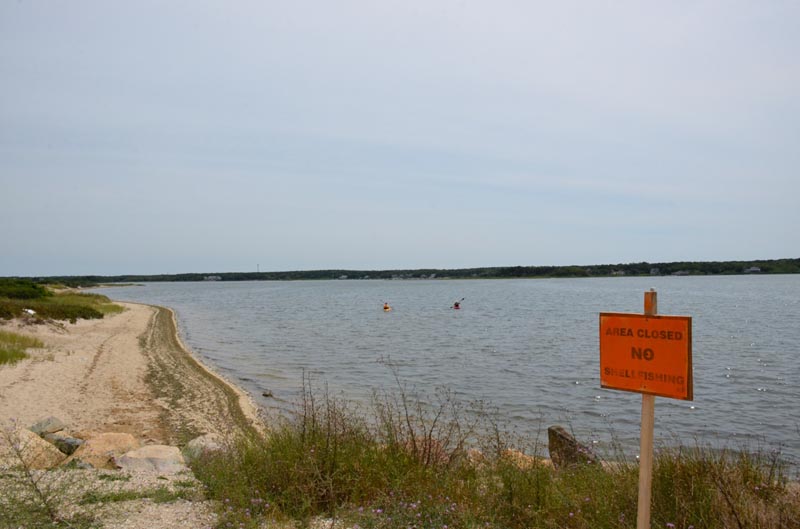
“Cape Pogue has good scallop production and fairly extensive eelgrass beds,” he said.
Lagoon Pond, which spans Vineyard Haven and Oak Bluffs and is surrounded by much more dense development, is a different story “In Lagoon Pond the eelgrass has come and gone, but mostly gone in the last 15 years,” Mr. Wilcox said. “Scallop production varies — some years it’s good and sometimes it’s not.”
The Great Ponds that lie along the Vineyard’s south shore have different ecosystems — they are more shallow and fed by freshwater springs in places, and are kept salty by mechanically breaching them to the sea four times a year, a process now managed by the towns.
The Edgartown Great Pond is further at risk from a plume of nitrogen that has been seeping toward the pond from the old Edgartown sewage treatment facility (the facility was upgraded many years ago to treat the nitrogen by removing it from wastewater). The Great Pond in Edgartown was the first study report completed on the Island by the estuaries project. All the reports are available online at the project’s website.
Sewering is the solution most often suggested to the problem, since the vast majority of the nitrogen pollution is coming from septic systems, a fact confirmed by the work of the estuaries study.
But sewering is expensive and can ease the way for increased development. Mr. Todd, who has a long background in alternative wastewater systems, advocates a different approach.
Mr. Todd has developed what he calls restorer technologies, which convert nitrogen in the water to a harmless nitrogen gas that goes into the atmosphere. He also is a proponent of composting toilets.
“The main tenor of our times is trying to reduce pollution and its source,” he said. “But I’m also interested in reducing nutrients in the water that come from legacy pollutants and rain.”
More traditionally, at Farm Pond, Mr. Grunden and his team are working to replace a four-foot culvert with a 16-foot culvert that will better flush the pond and bring down nitrogen levels.
He said he is currently trying to find funding for the culvert project.
And that’s where the link is missing, said Mr. Wilcox. While thorough scientific research has been done by many groups, including the estuaries project, pond associations, shellfish constables, and more — policy-making rests on the shoulders of government leaders and citizens.
Mr. Howes said this is the way it was always planned — where the work of estuaries project leaves off, the work of policy-makers begins.
“It’s really in their hands,” he said. “It’s not a problem. We live in the commonwealth. It’s a democracy and that’s the way it should be. Things have to go through town vote.”
But Mr. Wilcox believes a more aggressive approach is needed.
“We need to bring along a bigger number of voters and sort of drive the process instead of have it sort of stumble along,” he said.
“The way I look at it is, if it’s not dealt with, our ponds are going to decline. Our water quality decline will initially reduce shellfish harvest, but eventually it will be visible and odorous. People come here for our water resources, in a way we are centered on beaches and ponds. If we don’t take care of them, we are killing the goose that laid the golden egg,” he said.
On this point, Mr. Todd agreed.
“With the Cape and the Islands, people are realizing that the quality of our waters is going to determine the robustness of our economics,” he said. “People come here because of our seas. They want to swim, fish, see beautiful water. All of our livelihoods depend on the stewardship of the waters.”

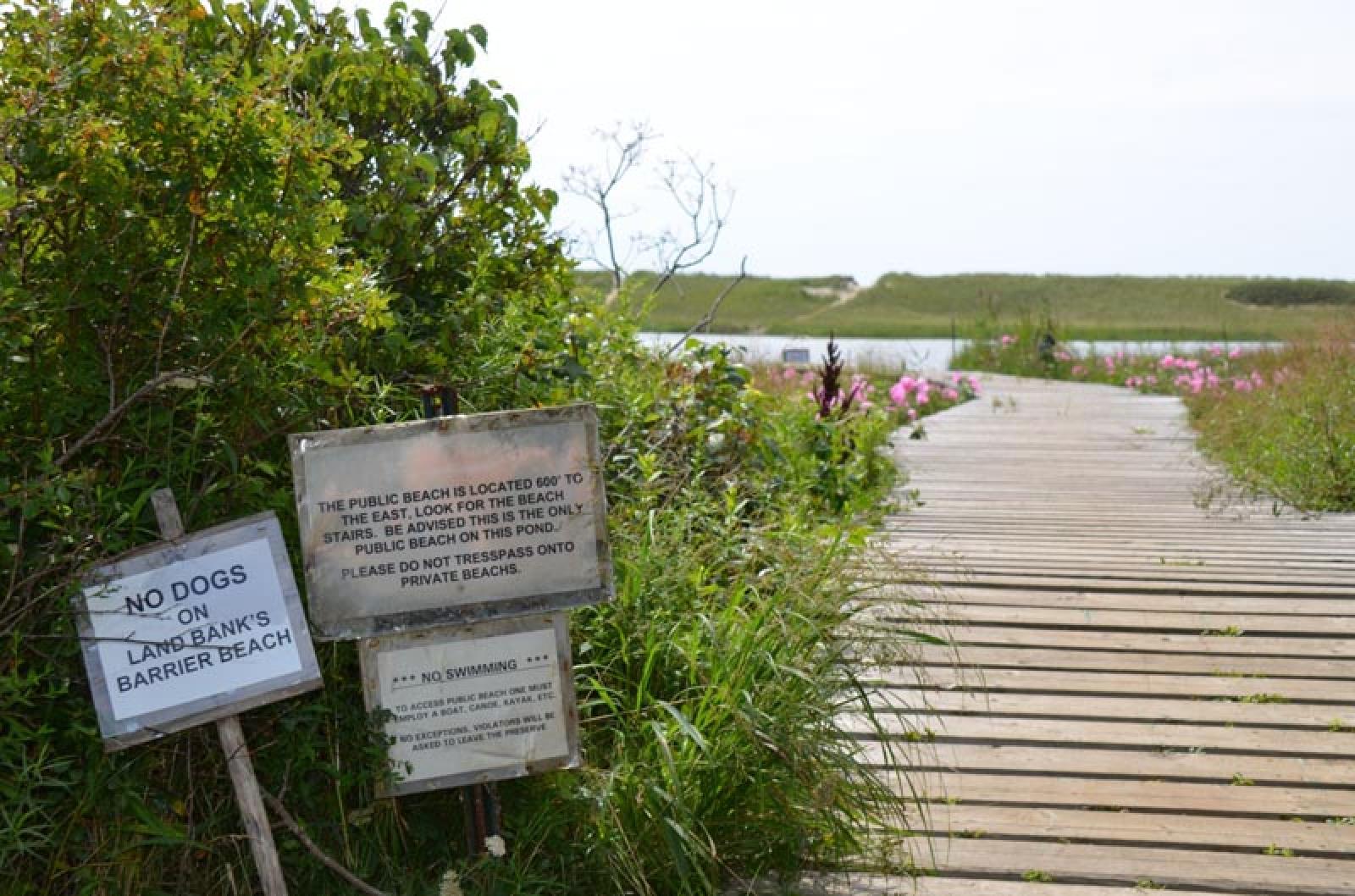
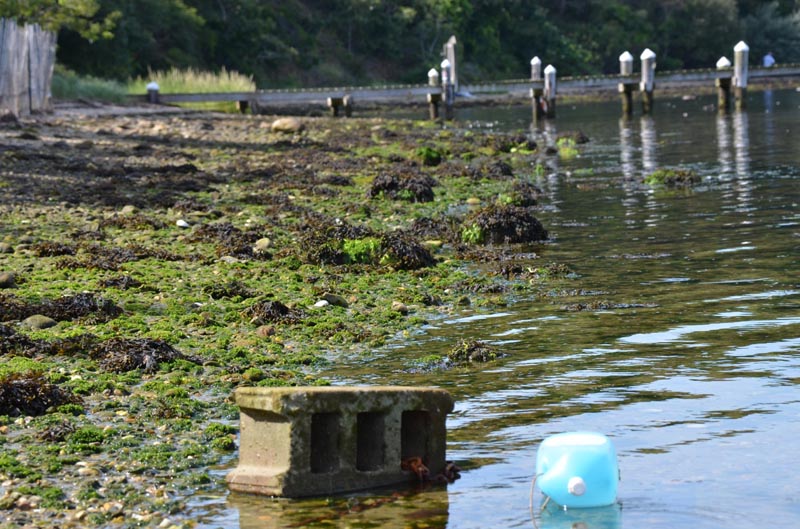
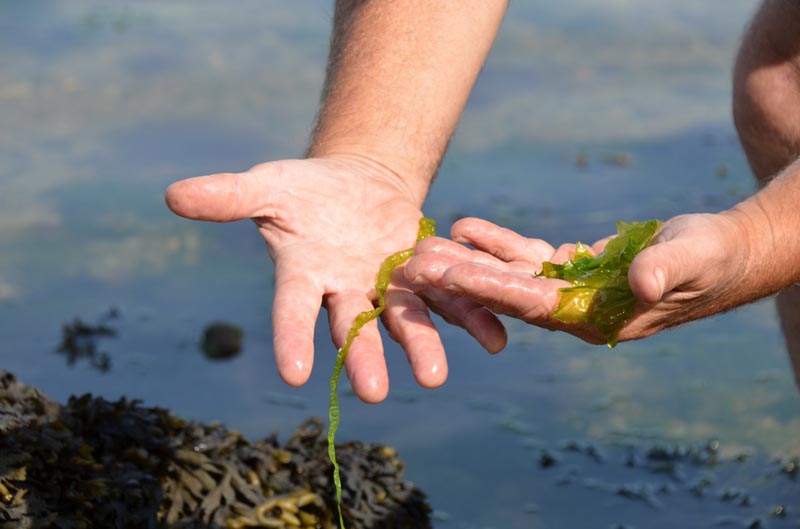
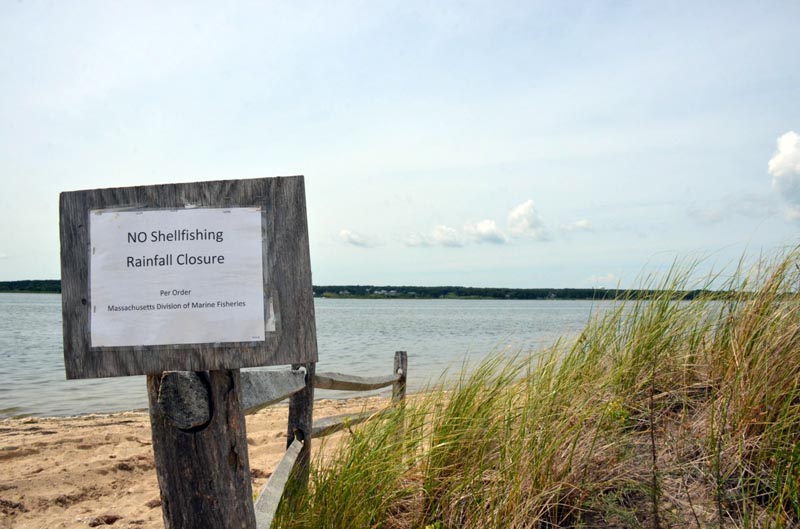



Comments (4)
Comments
Comment policy »